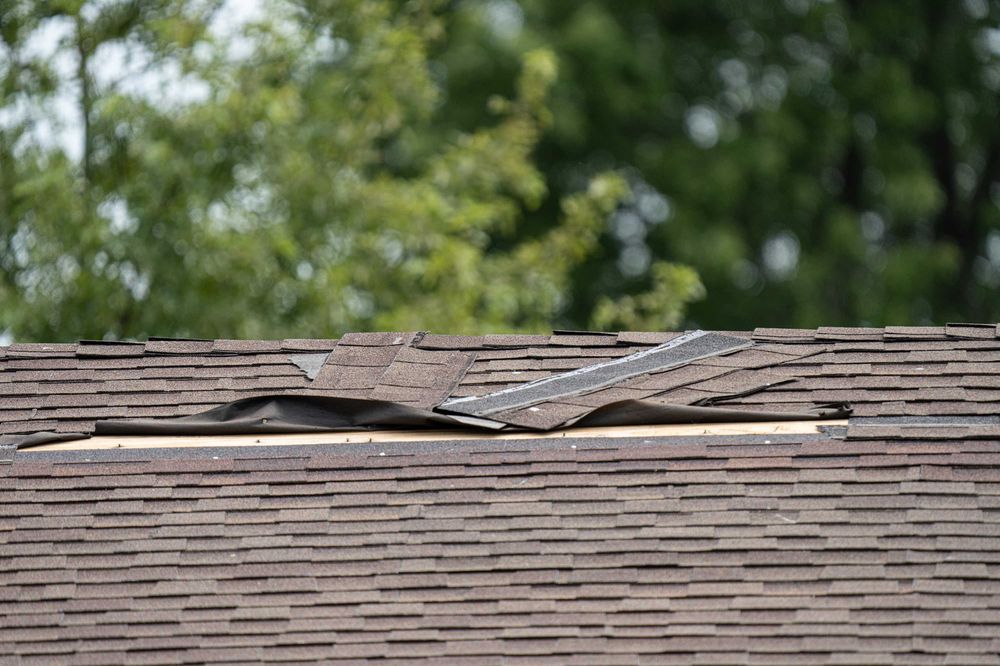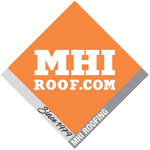As a homeowner in Morgantown, dealing with unpredictable weather is a reality. From thunderstorms to snow, your roof endures year-round exposure to the elements. Knowing how to assess a storm-damaged roof promptly is essential for preventing costly repairs. In this guide, we provide practical tips to help you evaluate storm damage effectively, safeguarding your home and ensuring peace of mind.

Why Timely Roof Inspections Matter
The Urgency of Immediate Assessment
After severe weather, prompt roof inspection is crucial. Delaying assessments can lead to hidden damage, including water infiltration, mold growth, or structural problems. By learning tips for assessing storm damage on your roof, you can identify issues early and mitigate expensive repairs.
Common Types of Storm Damage
Some damage is not easily visible. High winds can lift shingles or cause small punctures, allowing water to enter. Hail can dent shingles or damage gutters. It’s important to assess your roof even if it looks fine from the ground.
Safety Precautions: Preparing for Your Roof Inspection
1. Safety Gear Checklist
Before inspecting your roof, ensure you have the appropriate safety equipment:
- Sturdy ladder
- Non-slip shoes
- Safety harness (if available)
- Gloves and a flashlight for attic inspections
2. When to Hire a Professional
While you can perform a basic inspection from the ground, it’s safer and more comprehensive to have a professional roofing contractor in Morgantown evaluate storm-damaged roofs. Professionals can spot issues that homeowners may overlook, providing peace of mind.
How to Visually Inspect Your Roof for Damage
3. Ground-Level Inspection
Begin by walking around your property. Look for:
- Displaced shingles on the ground
- Dents or damage to gutters
- Debris or broken tree branches on the roof
4. Subtle Signs to Watch For
- Granules from shingles accumulating in gutters or on the ground
- Curling or missing shingles visible from ground level
- Dents on metal flashing or around roof vents
Conducting a Close-Up Roof Inspection Safely
5. Examining Shingle Damage
If it’s safe to access your roof:
- Look for cracks, chips, or missing pieces on shingles
- Check for areas where granules are missing
- Examine shingles for lifted or curling edges
6. Assessing Structural Integrity
Inspect the overall roof structure for:
- Sagging or dips
- Water pooling in certain areas
- Damaged chimneys or protrusions

Inspecting Your Attic for Signs of Damage
7. Key Areas to Check
The attic often reveals hidden storm damage:
- Look for water stains or discoloration on the roof deck
- Check for daylight coming through roof boards
- Feel insulation and wood for dampness
8. Interior Damage Signs
Inside your home, look for:
- Water stains on ceilings or walls
- Peeling paint or wallpaper
- Musty odors, which could indicate mold
Documenting Damage for Insurance Claims
9. Taking Photographs
- Photograph all visible damage, including wide shots and close-ups
- Document debris or materials on the ground
10. Keeping Detailed Records
Maintain notes on:
- The date of the storm and when damage was discovered
- Types and extent of damage
- Any temporary repairs performed
When to Consult a Professional Roofer
Knowing When to Call in Experts
If you detect signs of structural damage or cannot safely access your roof, contact a professional roofing company in Morgantown. An expert assessment can accurately determine the condition of your roof and advise on necessary repairs.
Advantages of Professional Roof Inspection
A professional contractor offers:
- Comprehensive evaluations of storm-damaged roofs
- Identification of hidden damage
- Expert recommendations on repair or replacement
Preventative Measures: Protecting Your Roof from Future Storms
Routine Maintenance Tips
Prevent future damage by:
- Keeping trees trimmed away from the roof
- Cleaning gutters regularly
- Scheduling annual roof inspections with a professional
Enhancing Roof Resilience
Consider the following upgrades:
- Install impact-resistant shingles for better durability
- Upgrade fasteners to withstand strong winds
- Improve attic ventilation to reduce moisture buildup
MHI Roofing: Protecting Your Home After a Storm
Assessing storm damage on your roof in Morgantown is essential for maintaining your home’s structural integrity. By following these tips, you can quickly identify damage and take action to prevent further issues. Always remember, when in doubt, consulting a professional roofing contractor ensures a thorough evaluation and peace of mind.
Don’t let storm damage go unchecked—reach out for a professional roof inspection to secure your home today. Stay proactive and protect your investment by addressing any signs of storm damage promptly.
For expert storm damage roof assessments and reliable roofing solutions, contact MHI Roofing. Our team is ready to provide you with a comprehensive inspection, helping you safeguard your home against future weather events.

